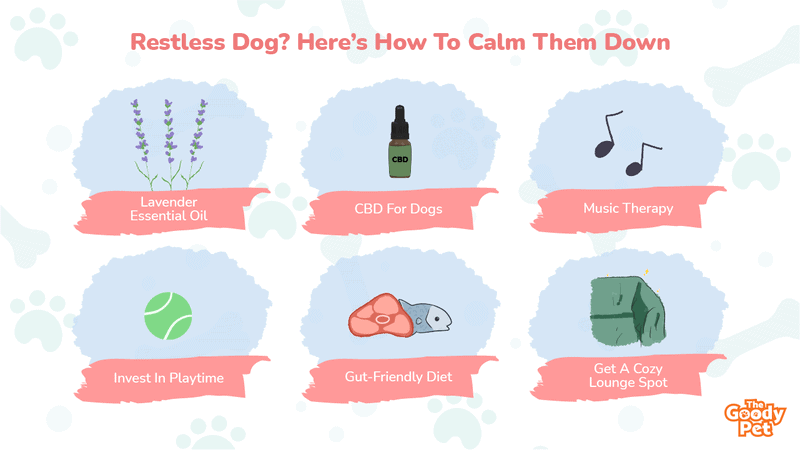There are many reasons why a dog may be restless, including boredom, anxiety, or excitement.
If your dog is restless, there are several things you can do to help calm it down, such as providing it with toys and chew toys to keep it occupied, taking it on walks or runs to expend its energy, or training it with positive reinforcement methods.
We have compiled a list of 26 quick & easy methods to help you calm down your restless dog effectively.
26. Lavender Essential Oil

Lavender is easily the most powerful and calming of all the essential oils and is therefore invaluable when it comes to dealing with hyperactivity and restlessness in a dog.
The best way to make use of this is through aromatherapy in which case you need to invest in a really good diffuser for your home. Sprays and special collars are also a fantastic alternative.
The best part is that it also helps deal with allergies and bug infestations thus eliminating the source of the problem in case the restlessness is related to physical discomfort.
25. Calming Dog Treats
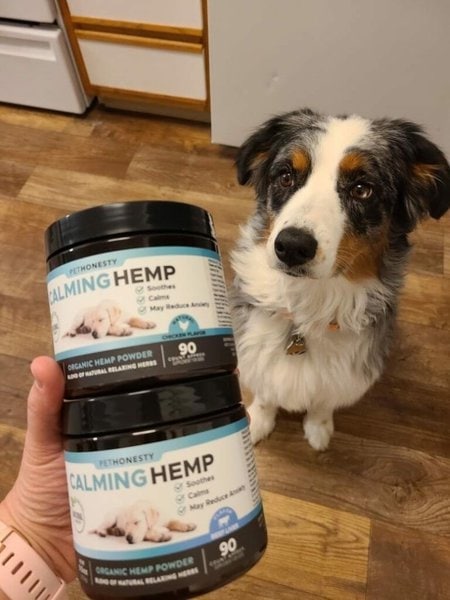
Calming dog treats are a super fun and easy way to get your dog to behave when they get a little too excited.
More often than not, they are infused with calming supplements including melatonin, hemp, chamomile, CBD, and other calming essential oils.
Just follow the recommended daily doses and give your doggy the treats when you know they are about to throw a tantrum. Just don’t do it when they are in the middle of the outburst to avoid having them relate their bad behavior with positive results.
SPOTLIGHT: Tired of keeping up with the energy level of your dog? Nothing beats giving them a treat that can get them to chill at the same time. Check out 9 of the best Calming Dog Treats right now by clicking here!
24. Try CBD For Dogs
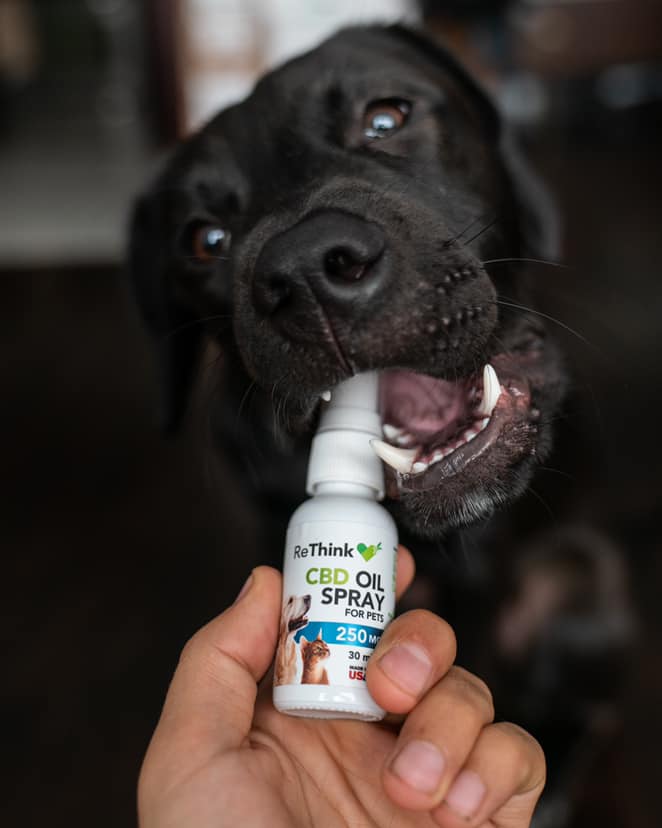
CBD is an extract of cannabinoid plants and has been shown to have calming effects on dogs. It comes in particularly handy if your dog is suffering from anxiety or major phobias and is the perfect way to calm them down, especially before bed.
As with most other calming agents, you have a number of options on how to administer the extract whether it is through aromatherapy, sprays, balms, or even infused collars.
23. Use Time Out Correction
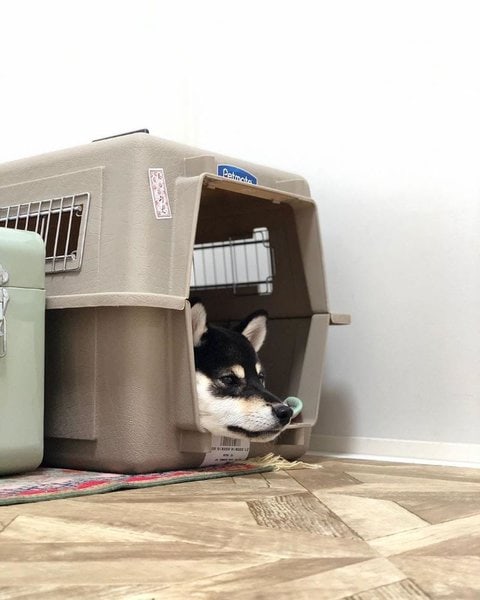
Sometimes, your dog is just being naughty for the sake of it. In these cases, a little correction could go a long way.
Avoid harsh punishments like yelling at them or getting physical as this will only agitate them more and make matters worse in the long run.
Instead, opt for more passive methods like time out in a specific corner, room, or even a crate. This gives the dog time to calm down and makes them generally easier to work with.
22. Have Your Pet Dog To Meet Another Dog
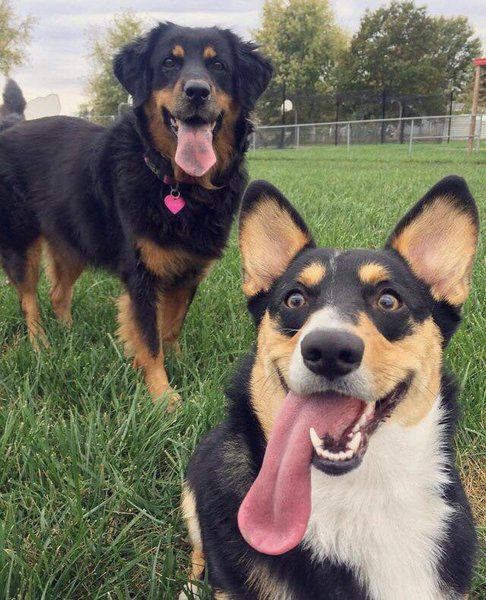
Meeting another dog would be a way for your pooch to calm down. Allowing your pooch to mingle with another dog would take its mind off things and helps in relaxing your pooch fairly easily.
If restlessness is set to be a long-term condition, consider getting another dog to pair it with your restlessness pooch. But only do it if both budget and time permit. Who knows, you may even enjoy both dogs’ company, double the joy!
21. Calming Shirts
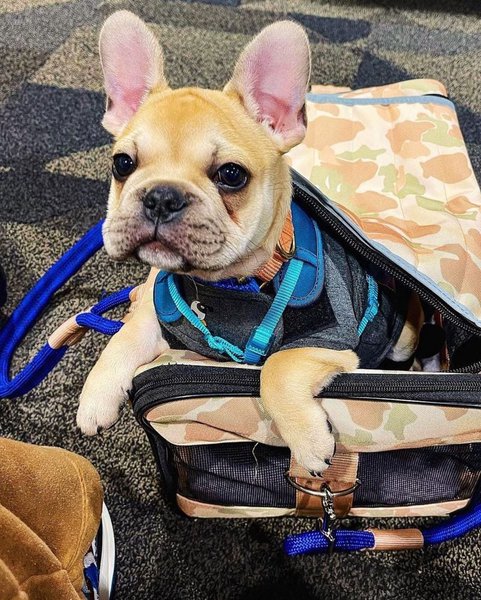
Calming shirts and wraps work really well, especially with small doggies. The constriction helps create a swaddling effect that will calm down even the wildest of firecrackers.
In this case, sizing is everything. If you go too large, you will lose out on the desired constriction effect. On the other hand, if you go too tight you might just end up making matters worse by further agitating the already riled-up furry buddy.
20. Establish A Daily Routine
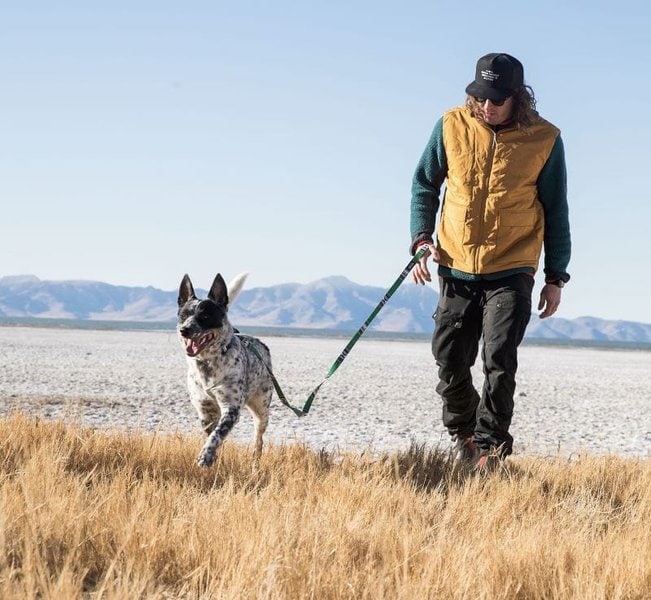
Dogs love routines. It gives them a sense of peace when they can predict what is going to happen in their day and this is very useful for dogs that are acting out as a result of anxiety.
You do not necessarily have to plan out each and every second of your dog’s day to a tee. However, have major events like playtime and scheduled meals that they can look forward to.
19. Music Therapy
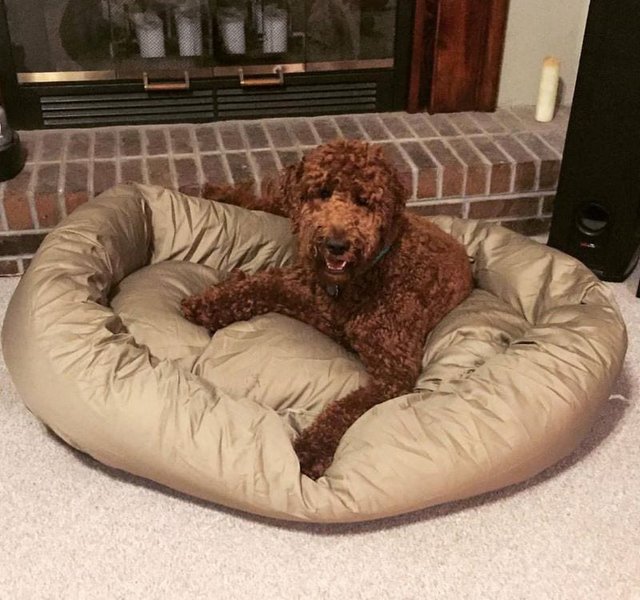
Music works just as well with dogs as it does with us as human beings when we are restless. It is therefore a fun and creative way to help calm down your worked-up pooch.
The first step here is to figure out what kind of music calms your dog down. In most cases, it is slow, mellow music that does the trick. Anything too wild and loud could just scare them more and defeat the purpose.
18. Get Your Pet A Cozy Lounge Spot
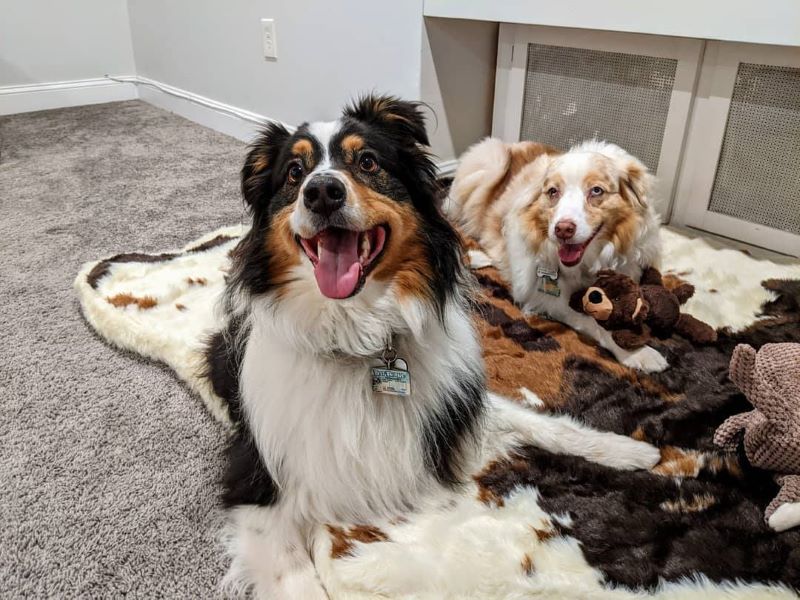
Dogs love nothing more than being comfortable. So get your pooch a cozy spot in the house to run to whenever they feel scared or frustrated.
It is important that you do not hold back when it comes to making these spaces as comfortable as possible. Get a nice little bed or lounge cushion as well as blankets to ensure they are truly cozy. You could also throw some toys in there to make it a fun space.
17. Invest In Chew Toy
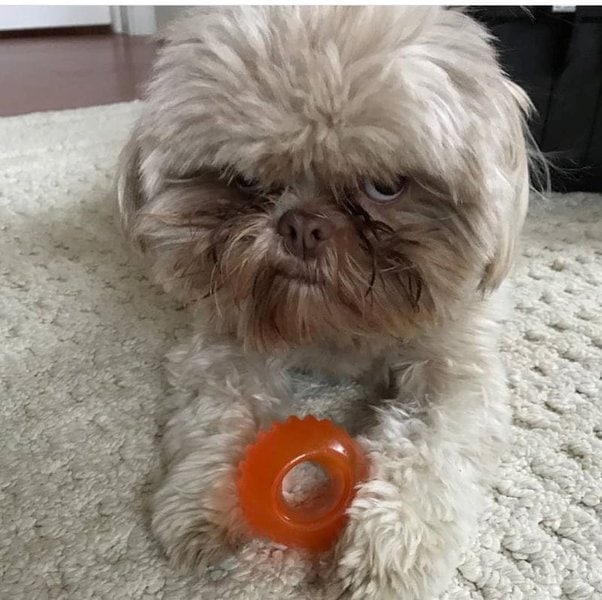
Speaking of toys, giving your doggy something to chew on and play with is another way to deal with the restlessness and the almost inevitable destruction that accompanies it.
Chew toys give your dog a physical medium to expel all their pent-up physical and psychological tension. It also spares other items in your home from shoes to furniture that your dog may have turned to for that sweet chewy relief.
16. Melatonin Supplements
Melatonin is a compound that your dog’s brain naturally produces. This helps with inducing sleep and generally keeping them calm.
Consequently, melatonin supplements could have a lot to offer if you are trying to get your dog to calm down.
There are several options available with doses meant to calm them down and deal with anxiety and other doses meant to help knock out pooches with insomnia issues.
You could also get combinations with other calming supplements like chamomile and hemp oil, such as GOODGROWLIES Calming Hemp Treats.
15. Keep Yourself Calm
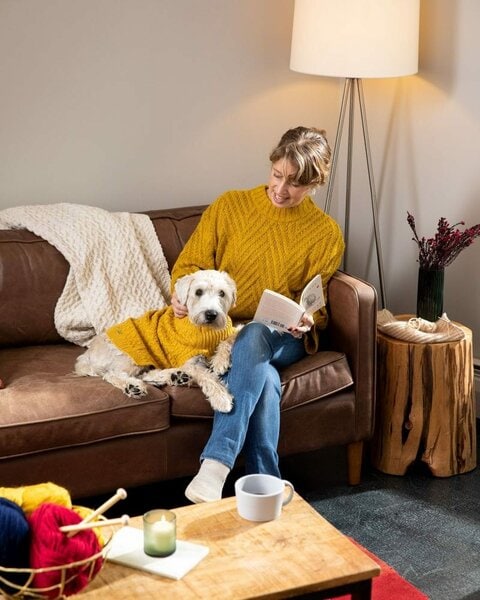
Dogs are very attentive to our emotions and energy.
More often than not, they will match what you are giving off. So if your dog starts to act up, lead by example and maintain a calm demeanor.
Do not shout at them to quiet them or get riled up out of frustration as this will only encourage the doggy to continue misbehaving.
Instead, approach them calmly and try to get them on your same energy level.
14. Reward The Dog For Being Calm
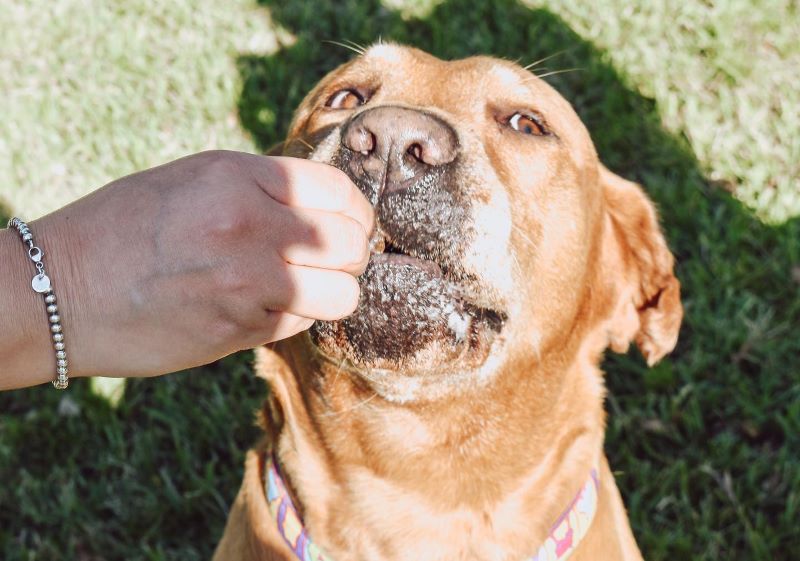
Dogs are very smart and, as such, easily conditioned with rewards like treats and praise. All you have to do is give your dog a treat every time they calm down after an episode of restlessness while withholding the same when they act up.
With time, they will see the connection between their behavior and rewards and will be easier to control.
So find what your dog best responds to and get to conditioning.
13. Leash And Tether Training
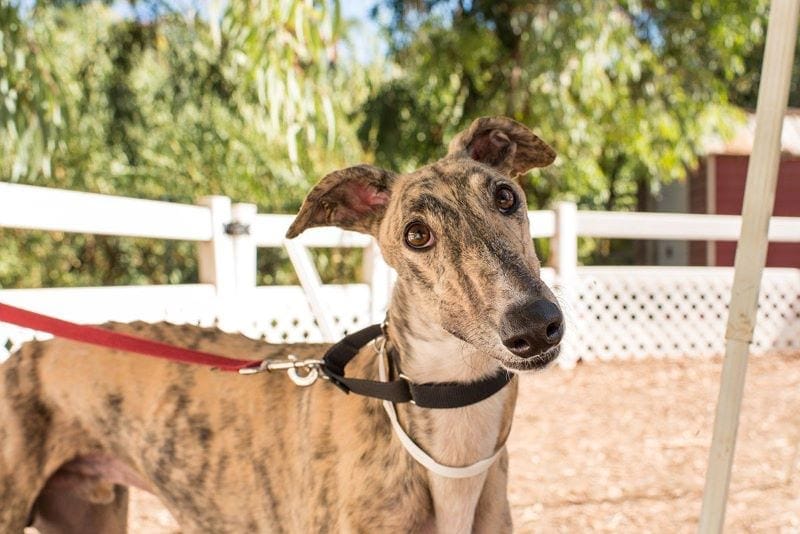
Leash training is really not as bad and inhumane as many people think. Sometimes, it is absolutely necessary for dogs with restlessness.
Leash training will allow you to take your dog outdoors without you having to worry about them having an episode and getting too wild to handle.
Tethering on the other hand gives your dog the freedom to play in your outdoor space without supervision without giving them too much freedom to misbehave.
12. Invest In Doggy Gates
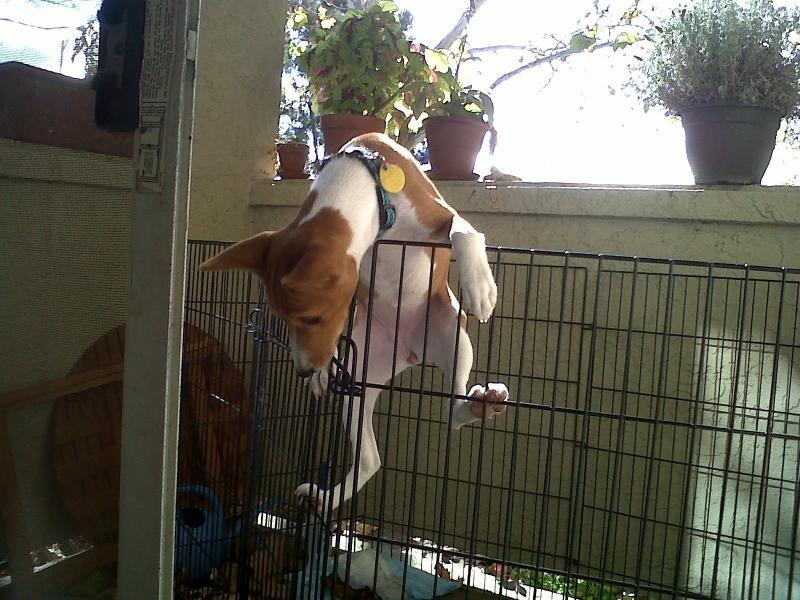
These may not necessarily help to prevent the energy outbursts but they will limit the spaces your dog can access to wreak their high energy havoc. It could also protect them from hurting themselves when they are in these restless states where they are prone to little accidents like falling down staircases.
Setting such boundaries also helps indirectly to calm the dog down as they realize they cannot just go wherever they wish whenever they want to.
11. Device Ways To Make Meal Time Fun
A lot of dogs display signs of restlessness during mealtime. This is common, especially with rescued street dogs with associated food anxiety. It can be very challenging to keep them calm not to mention issues like bloating and indigestion associated with eating too fast.
The best way to deal with this is by investing in food bowls, such as JASGOOD Slow Dog Bowl specially designed to slow the dog down by making the dog work for the kibbles thus also making mealtime fun.
10. Get Your Dog On A Healthy, Gut-Friendly Diet
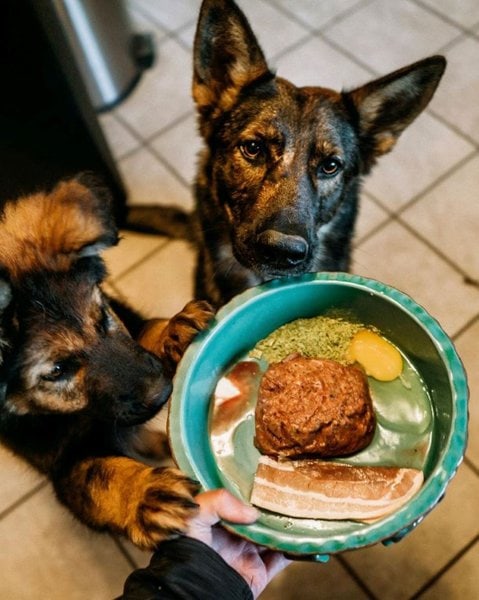
Diet plays a huge role in determining your dog’s behavior and could just be what is causing all the restlessness. It could be that they are acting out due to discomfort caused by diet-related gut issues. It could also be sugar rushes from over-processed dog food.
It is therefore a wise idea to go with healthier and more natural alternatives that are not only good for the gut but also the brain.
9. Start Obedience Training Early
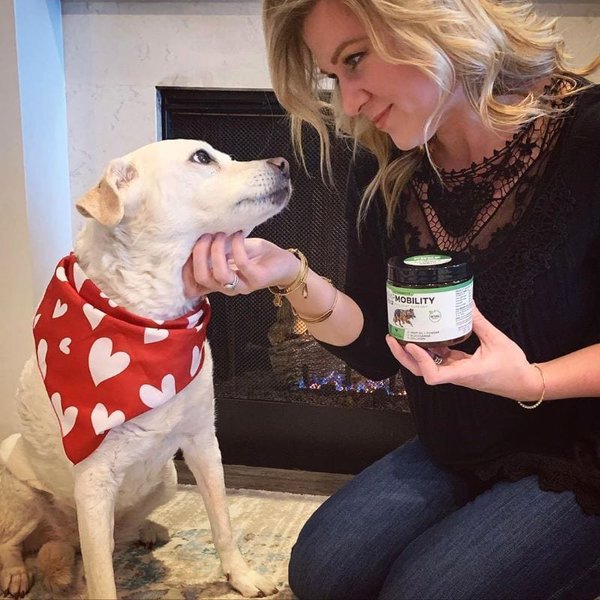
Having a dog that does not listen to you can make dealing with them when they are restless a lot more challenging than it needs to be. Obedience training will really help you deal with the dog by establishing your dominance over them.
In this case, teach the dog commands like “heel/stay”, “sit”, “down”, and any other that may come in handy when you want to regain control when they go off.
8. Give Your Dog Specific Tasks
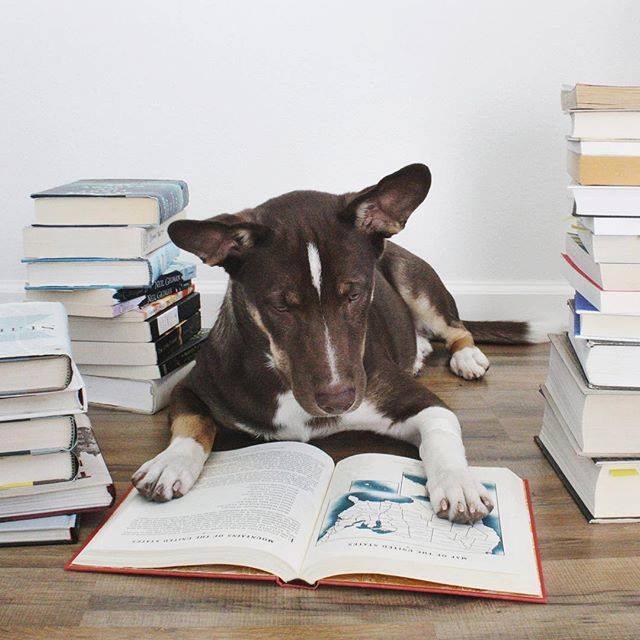
The restlessness could be a result of mental frustration in which case it is always best to give your dog some mental exercises to keep their brains stimulated. The best way to do this is by giving them specific tasks.
It could be having them pick up and put away their toys after playtime. It could also be routine activities like getting you the mail or the newspaper.
7. Give Your Dog Some Attention
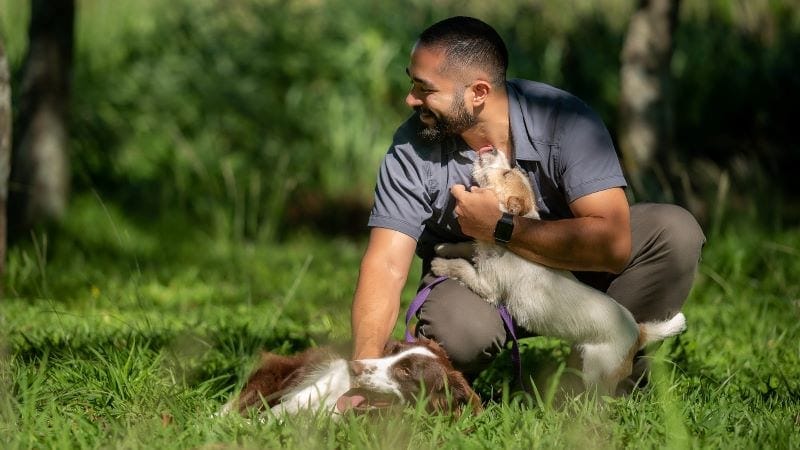
Sometimes all the little firecracker wants is some love and attention. So give it to them and you will notice how big of a difference it makes.
Dedicate some time every day to just bond with the dog whether it is playtime or simply cuddling and hanging out.
However, do not give this attention immediately after their restless outbursts as it could encourage the negative behavior by acting as a reward.
6. Invest In Playtime
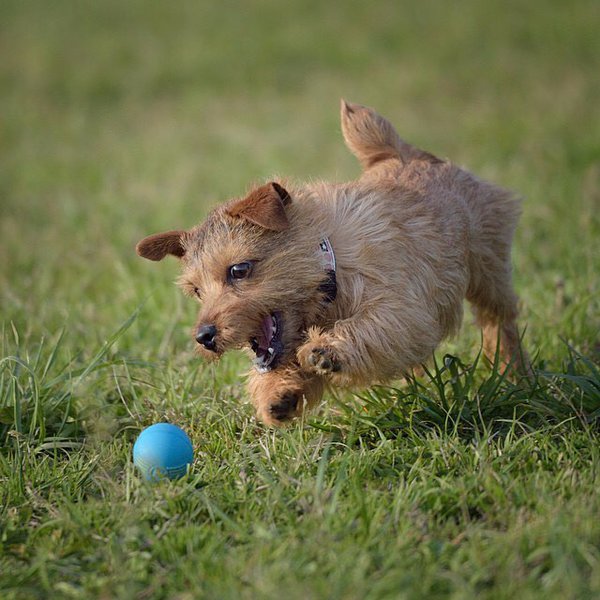
Another fantastic way to deal with hyper dogs is by wearing them out. That is where serious playtime comes in. The ideal amount of time and intensity of the exercises of course depends on each dog but 30 minutes to an hour every day should do a lot to help you.
Timing also matters a lot. If you notice a lot of this restlessness happens at night, make sure to play with them or take them out for a walk in the evening to get them tuckered out.
5. Dog Pheromone Collar
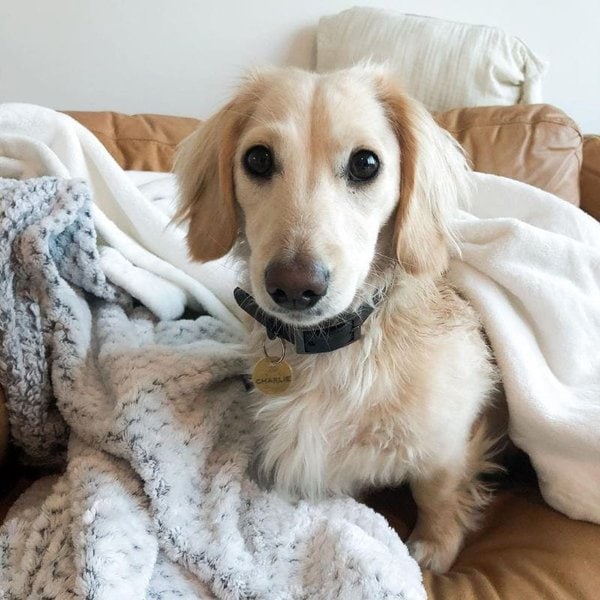
Pheromone collars are infused with artificial calming hormones. These devices help when dealing with particularly hyperactive and even aggressive doggies. The pheromones act a lot like essential oils and supplements, such as melatonin and CBD, and are thus a simple and quick fix to all your dog behavior problems.
In addition to the infused collars, you could also get the pheromones as sprays or even aromatherapy through diffusers to get the dog in a nice, mellow mood.
4. Get Your Dog Spayed Or Neutered
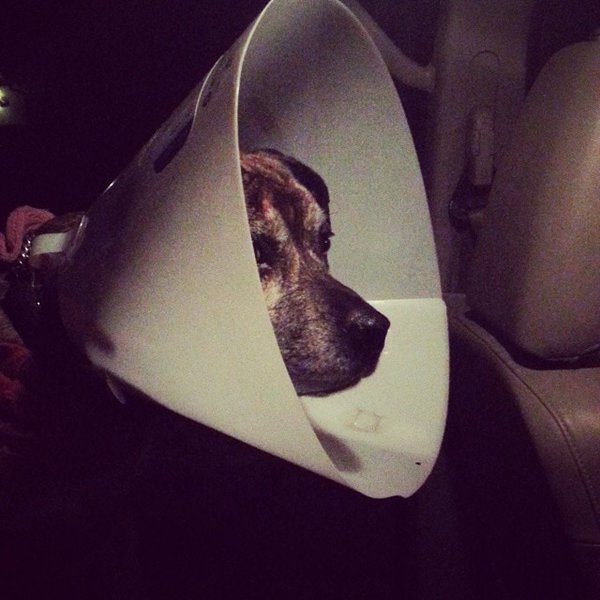
In a lot of instances, restlessness and associated bad behavior in dogs is a hormonal issue. Spaying, therefore, goes a long way towards helping you deal with this issue.
The procedures remove the sources of hormones like testosterone, estrogen, and progesterone which often trigger a lot of the outbursts from both male and female dogs.
Just consult your vet on the best time to have it done.
3. Crate Training
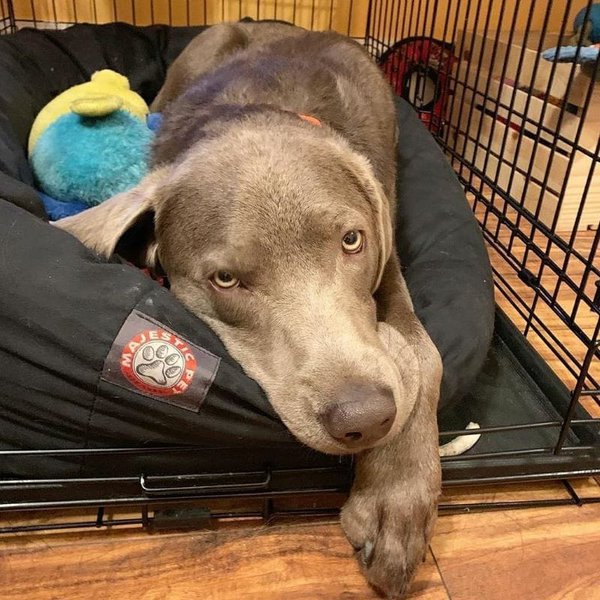
Crate training helps a lot if the bad behavior is associated with psychological issues like anxiety or phobias. It is also very useful when dealing with generally aggressive and stubborn dogs that need boundaries.
With the anxiety and phobia issues, it also helps to invest in making the crate comfortable. One of the best ways to do this is by getting a crate cover to create a nice, safe spot for your doggy.
2. Deal With Any Psychological Distress
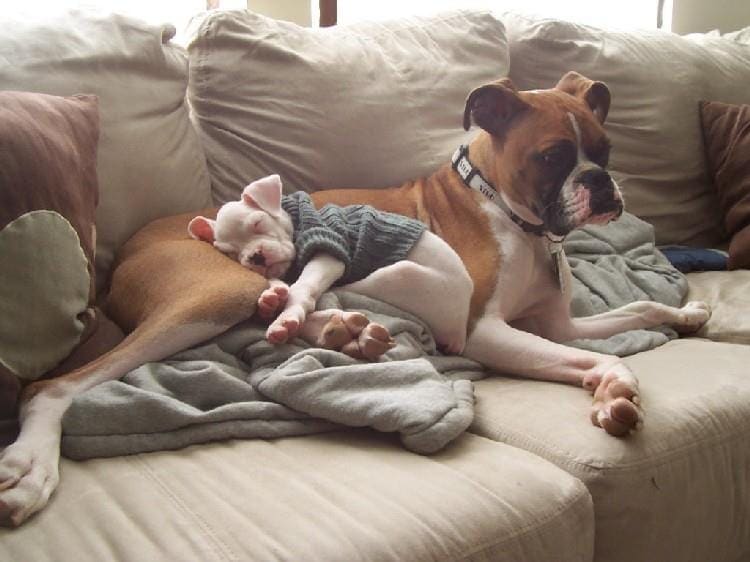
The restlessness is more likely due to psychological stress. Many pet parents may not realize it but mental health is just as important as physical health in dogs. So, keep a lookout for signs of depression, anxiety, phobias, and general mental frustration.
By identifying and dealing with all these issues, you will not only make life more comfortable for your dog but also for yourself as it helps you avoid the challenges that come with a restless dog.
1. Rule Out Physical Issues
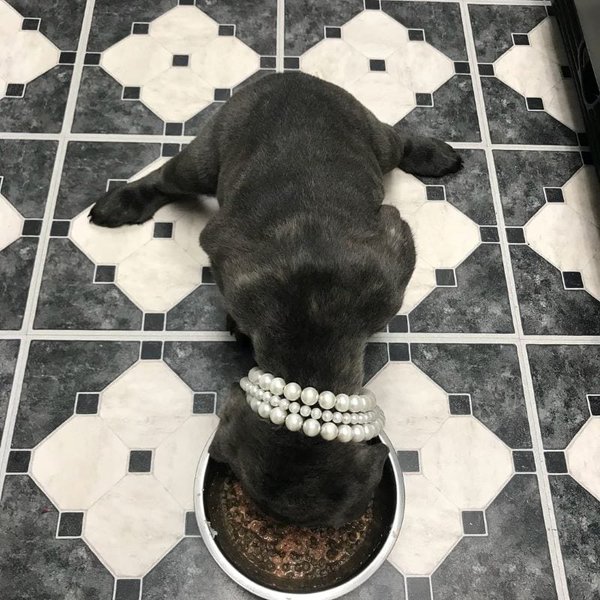
Restlessness in your dog could be a sign of physical illness. One of the most commonly associated in this case is bloating. The discomfort will have your pooch running around and being very destructive as they try and release their physical frustrations.
It could also be a host of other diseases from gut issues to bug infestation. Just keep an eye out for other signs that something is wrong with the dog.
Related Questions
What Are Critical Signs Of Stress In Dogs?
Critical stress in dogs can affect all aspects of their life from sleep to feeding patterns. Some of the most important signs of this include:
- Pacing
- Destructive behavior like chewing on items
- Low or increased appetite
- Obsessive paw licking and biting
- Excessive tail chasing
- Increased shedding
- Panting
Why Is My Dog Restless And Panting At Night?
Restlessness and panting especially at night might be a sign that your dog is suffering from anxiety or mental frustration. It could be separation anxiety especially if they sleep in a different room from their favorite human. It could also be phobias from overstimulation by environmental noises like thunder or traffic.
How Does Stress Affect A Dog’s Behavior?
Stress affects a lot of aspects of your dog’s behavior including their sleep patterns, eating habits, and interaction with both other humans and animals. The specific symptoms vary from one dog to another, whereby one pooch may start oversleeping, overeating, and avoiding people while another can be insomniac, anorexic, and overly clingy.

